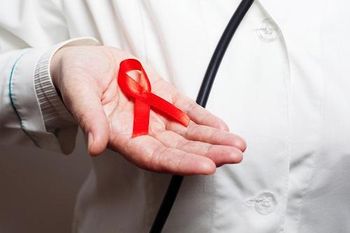
The makers of leronlimab (PRO 140) have filed the non-clinical portion of the drug’s Biologics License Application as a combination therapy for HIV with the FDA.

The makers of leronlimab (PRO 140) have filed the non-clinical portion of the drug’s Biologics License Application as a combination therapy for HIV with the FDA.
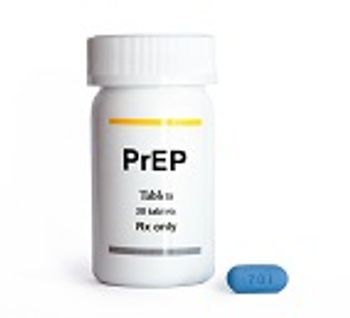
On-demand pre-exposure prophylaxis with TDF/FTC is not associated with a clinically relevant change in kidney function the way daily PrEP use is, investigators in France found.

Monica Gandhi, MD, MPH, discusses antiretroviral options and and treatment decisions for women of reproductive potential.

Lynne Mofenson, MD, spoke to Contagion® in an exclusive interview to explain what the current data suggest on the impact of antiretroviral therapy on maternal health and pregnancy outcomes.
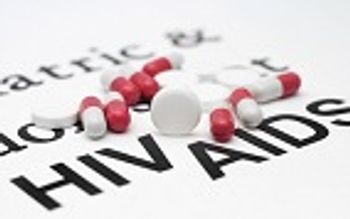
GS-9131, a novel nucleoside reverse transcriptase inhibitor, is a promising antiretroviral candidate for individuals displaying resistance to other NRTIs.

The opioid overdose death rate for persons living with HIV was 42.7% greater in 2015 than in 2011 even though the total death rate among HIV-diagnosed individuals decreased.
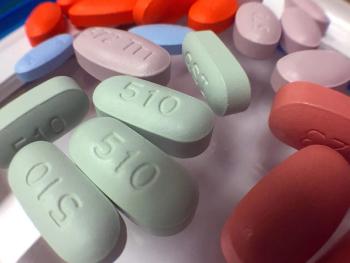
Investigators report 12-month outcomes from the Botswana Epidemiological ART Treatment Cohort Study (BEAT), an observational research cohort tracking virologic and clinical outcomes of people living with HIV who are beginning dolutegravir-based regimens.
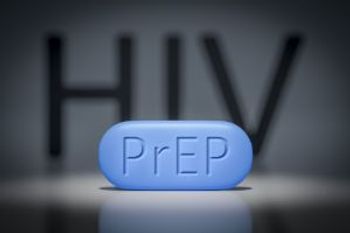
PrEP use in persons with undetected HIV infections contributes to drug resistance and has investigators urging regular screening.

Following FDA approval of a single-tablet bictegravir, emtricitabine, and tenofovir alafenamide regimen for use in adults with HIV, investigators are exploring the safety and efficacy of the same therapy in children and adolescents aged 6 to 18 years.

Weight gain is often a concern for patients on ART. But what about the metabolic impact of PrEP on HIV-uninfected individuals?
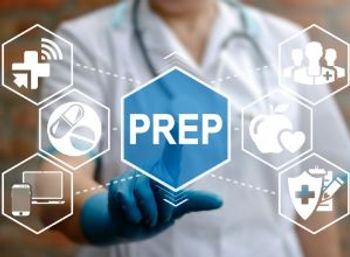
Bacterial sexually transmitted infections are still prevalent among men who have sex with men in England, but PrEP and other measures have sharply cut the rate of new HIV diagnoses.
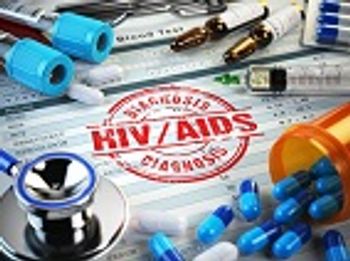
Anthony Fauci, MD, director of the National Institute of Allergy and Infectious Diseases, has been fighting HIV/AIDS since the 1980s when the virus was first discovered. Now, thanks to a joint effort by multiple arms of the US Department of Health and Human Services, he’s making headway.
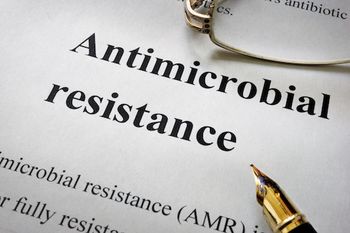
T2 Biosystems, Inc. received FDA Breakthrough Device Designation for its T2Resistane Panel, a new device to aid in the fight against antimicrobial resistance.
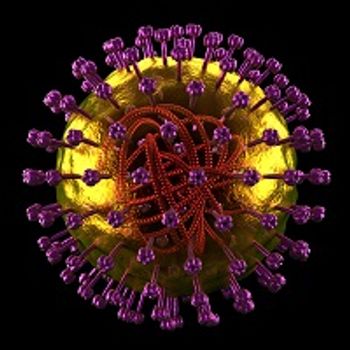
With 6 ongoing outbreaks, cases reported across 10 states, and the FDA commissioner contemplating federal intervention, measles remains at the forefront of collective consciousness.
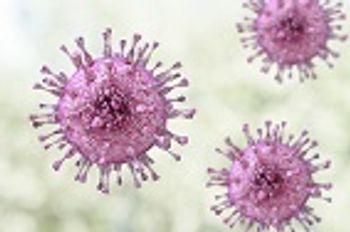
Investigators at Memorial Sloan Kettering Cancer Center determined valganciclovir was the preferred first-line preemptive therapy to prevent cytomegalovirus in patients following an allogeneic hematopoietic cell transplantation.
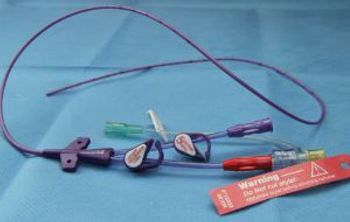
The length of mechanical friction applied to the needleless connector of a central venous catheter before insertion may make a difference in rate of disinfection.

Hospital-onset sepsis is twice as deadly as community-onset sepsis and increases the risk of death 3-fold, according to the results of a cohort study comprising 2.3 million adult patients.

A computer simulation model developed by NYU investigators uses math to forecast influenza activity.
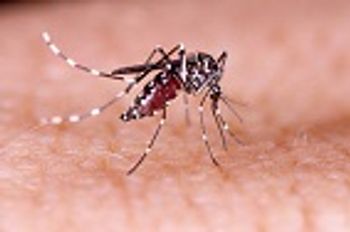
As several Zika virus vaccine candidates undergo clinical trials, a group of investigators is taking an alternate approach to quell transmission by genetically engineering mosquitoes to be resistant to the virus.
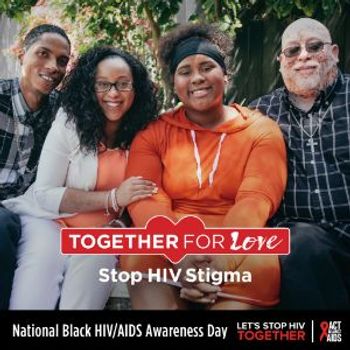
National Black HIV/AIDS Awareness Day is all about fighting the HIV stigma and encouraging education, testing, and prevention.
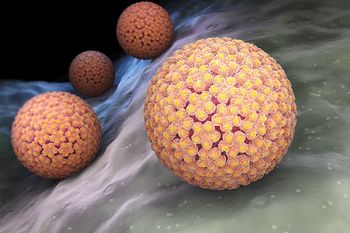
South Korean investigators have identified a correlation between infection with high-risk strains of HPV and increased risk of CVD, especially among women with obesity or other cardiovascular risk factors.
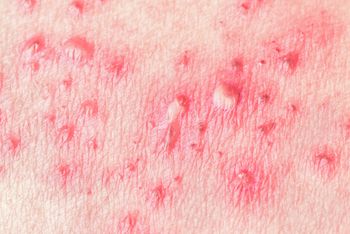
Post-licensure safety data on recombinant zoster vaccine (Shingrix) is consistent with pre-licensure clinical trial data, although the CDC cautions that the immunization is still in the “early uptake period.”

Hospital visits for so-called “Victorian-era” diseases are on the rise in the United Kingdom, and experts there believe public health budget cuts may be behind the upswing.

A next-generation phenotyping system is seeking to revolutionize antibiotic susceptibility testing in an effort to begin treating patients faster and to combat antibiotic resistance.
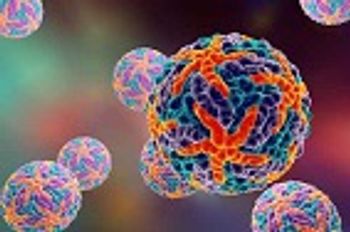
Investigators followed a pediatric cohort in Nicaragua over the course of 15 years and found that dengue fever immunity offers some protection against symptomatic Zika disease.

A team from the Biozentrum at the University of Basel in Switzerland determined that they could successfully manipulate T cells in mice to preserve allogeneic tissue transplants, but maintain pathogen-specific immunity.
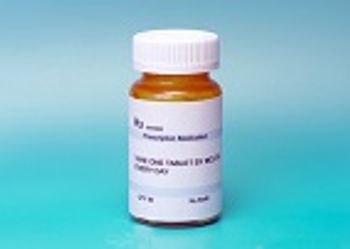
A large percentage of individuals with a documented allergy to penicillin can actually be treated safely with this class of antibiotics. It just requires careful evaluation and management on the part of health care providers.

Health care providers in the US should be aware of an outbreak of an antibiotic-resistant strain of Pseudomonas aeruginosa at a Mexico hospital where US residents frequently undergo invasive medical procedures.
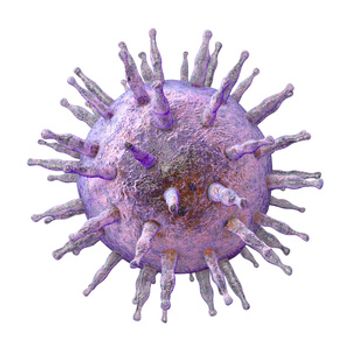
Individuals with schizophrenia exhibit an “unusual response” to proteins in the Epstein-Barr virus, the herpesvirus that causes mono, new research shows.
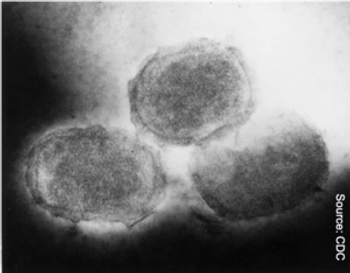
There is currently no FDA-approved treatment for molluscum contagiosum, but topline positive results from 2 phase 3 trials of an investigational drug look to be promising.